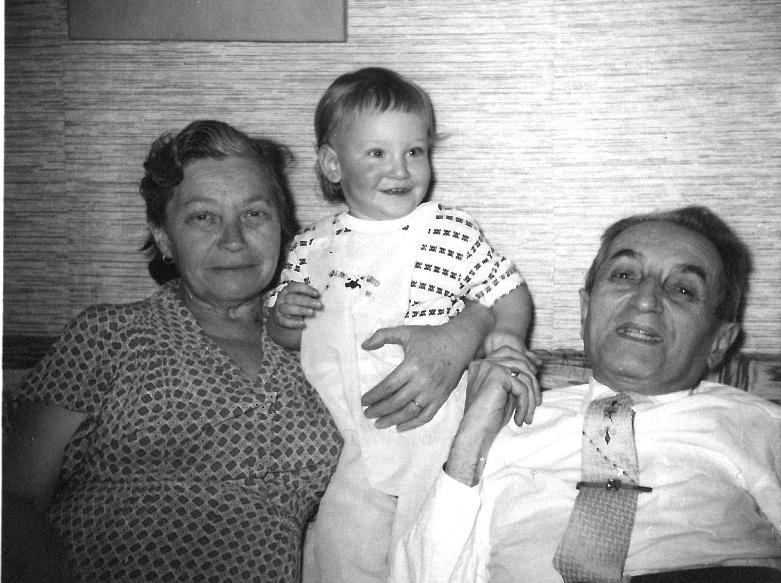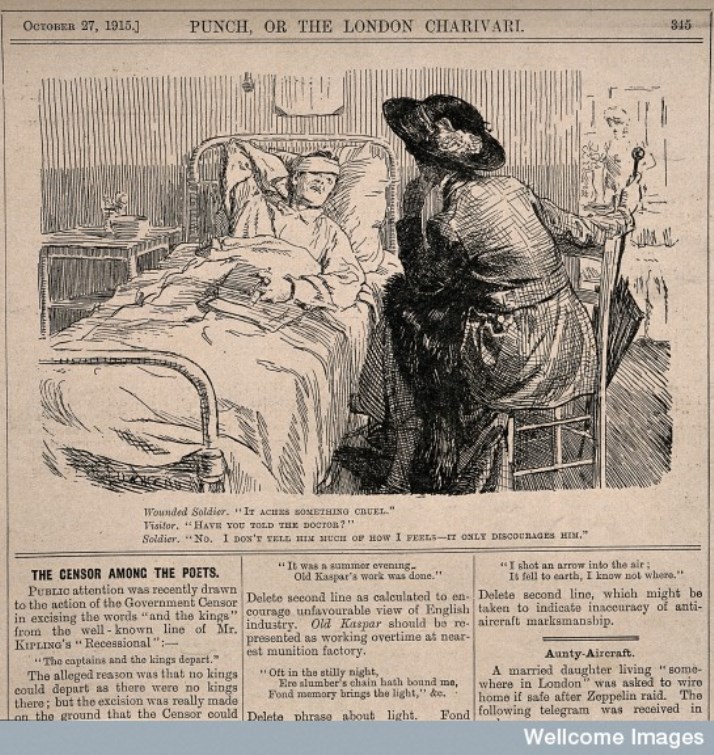 Recently I’ve started seeing examples of those much-mocked New York Times trend stories that are not about Millennials, the way the trendiest trend stories usually are. In the articles I’ve been noticing, the trend-setters are Baby Boomers — who are, according to the Times, relocating to New York City to help raise the grandkids.
Recently I’ve started seeing examples of those much-mocked New York Times trend stories that are not about Millennials, the way the trendiest trend stories usually are. In the articles I’ve been noticing, the trend-setters are Baby Boomers — who are, according to the Times, relocating to New York City to help raise the grandkids.
Now that’s a trend I could get my own 62-year-old head around.
The most recent of these pieces appeared just last weekend, a story about a young woman on the Upper East Side who was about to have a baby, and was delighted that her parents wanted to find a place to live in her neighborhood so they could help out with child care. There were a few hitches; the parents, for one thing, lived in Minneapolis, so they would have to be willing to relocate to Manhattan. (Willing they were; they were both physicians, but they were both retired.) Another hitch struck me as an even bigger obstacle: they were divorced, and they were talking about renting a one-bedroom apartment together. But good feelings for their daughter predominated, as did enthusiasm about becoming grandparents for the first time, and in the end, the Minnesotans found an apartment they liked just a mile away from their daughter and her new baby Tessa. They are taking turns living in it.
This story followed by just a few weeks another Times piece, which revealed itself as a trend story right away, with the telltale phrase “a growing number” right in the lede. (Other clues to “bogus trend stories,” according to media watcher Jack Shafer, include overuse of “weasel words” like “some,” “few,” and “seems.”) The Times piece began:
Instead of spending their golden years baking in the sun, a growing number of grandparents are choosing a grittier spot to play out their third act . . . they come for the children but stay for the city.
Cue the Monocle Meter.
Biologists have an explanation for why this trend, if it really exists, would be good for the grandkids: they call it the Grandmother Hypothesis. Continue reading →







